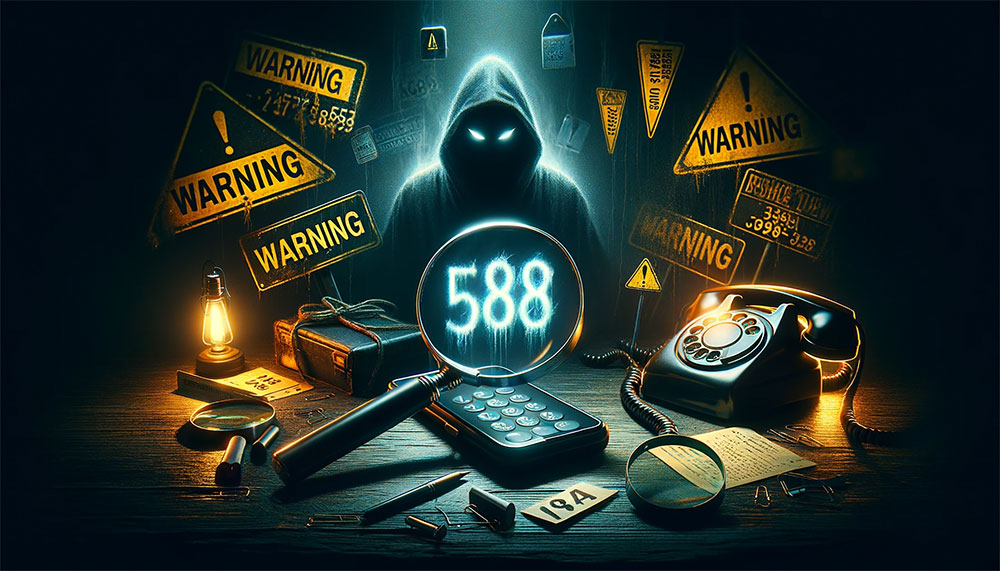Oh, the joy you feel when your phone gifts you with a call from the elusive 588 area code – but hold that thought, because this might just be the latest scam artist’s masquerade.
You’re used to unknown callers offering you everything from extended car warranties to fictional lottery winnings, but this one’s different.
The 588 area code’s mystery is becoming a classic tale in the annals of phone scams. As you navigate this confusing telephonic landscape, you’ll need to know the signs to watch for. Here, you’ll learn how to spot the red flags of a scam call and what steps to take to protect yourself.
Understanding the 588 area code is your first line of defense. So let’s arm you with knowledge and keep those scammers at bay.
Key Takeaways
- Unusual phone calls may come from area code 588, so it is important to be cautious.
- If unsure about the caller’s identity, it is advisable to decline the call and consider blocking the number.
- Receiving messages from the 588 area code is not a cause for concern, as it is used by Verizon for Personal Communications Services.
- If experiencing issues with group texts, restoring messages through the Message+ app can help resolve the problem.
Understanding 588 Area Code
You may encounter a number with the 588 area code, but it’s simply Verizon’s Personal Communications Services at play, not a typical geographical region.
If you’re not using the Message+ app and find yourself puzzled by texts from a 588 number, it’s Verizon assigning these codes to non-Message+ users.
Imagine you’re in a group chat; anyone not on Message+ gets this unique identifier. So, don’t fret – it’s not a cause for alarm.
When these messages pop up, they’re just part of how Verizon ensures you stay connected, even when everyone’s not using the same app.
Verizon’s Message+ Assignments
Verizon’s assignment of the 588 area code for non-Message+ users means you’ll see this number when someone in your group chat isn’t using the app.
It’s not a glitch or a scam; it’s simply how Verizon ensures everyone stays connected. But remember, scammers can spoof numbers, so stay alert.
| Feature | Message+ Users | Non-Message+ Users |
|---|---|---|
| Area Code | Regular | 588 |
| Group Chat Access | Yes | Via 588 Number |
| Message Delivery | Direct | Through Verizon |
| App Requirement | Yes | No |
| Scam Potential | Lower | Be Cautious |
When you see a 588 number, don’t panic. It’s just a friend without the app. Still, always verify unexpected numbers to dodge scams.
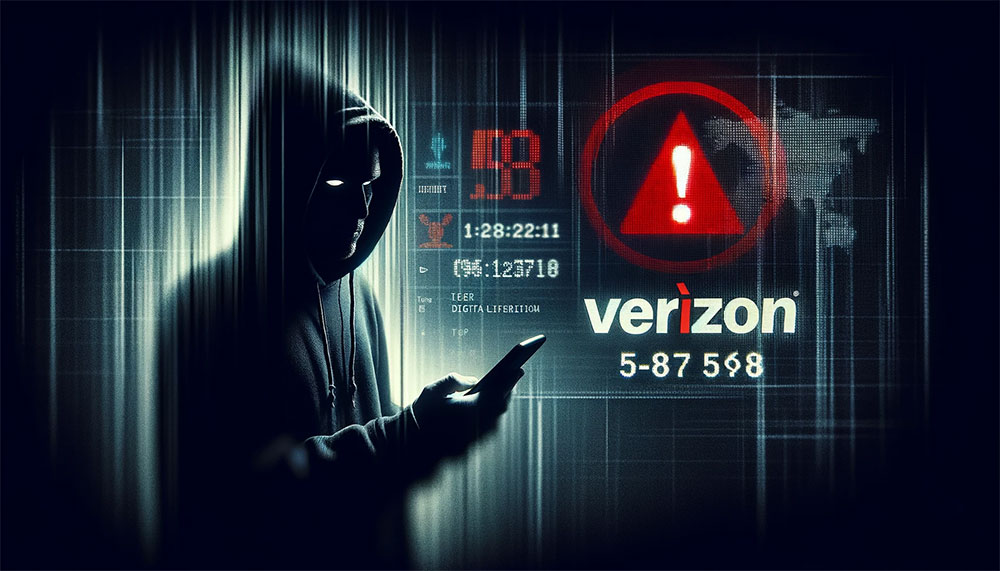
Group Messaging and 588
While you’re staying connected in group chats, it’s essential to remember that any member not using Message+ will be assigned a 588 area code by Verizon, ensuring seamless communication within the group.
This might seem odd at first, but it’s simply how Verizon maintains the flow of group messages.
If you get a text from a 588 number, don’t be alarmed. It’s likely just someone from your chat who isn’t on Message+. However, stay alert if you don’t recognize the group or the context seems off. Scammers could exploit this, so it’s always best to verify.
Should you face any hitches with receiving messages, trying out an alternate messaging app could be a smart move. Stay connected, but stay safe!

Identifying Genuine Messages
To distinguish real texts from potential scams, it’s crucial to recognize the signs of legitimate messages sent to your phone.
Here are some clear indicators:
- Familiarity: Genuine messages often come from known contacts or companies you’ve previously communicated with.
- Consistency: They typically include information consistent with your past interactions, such as account details or appointment reminders.
- Professionalism: Legitimate texts avoid alarmist language, spelling errors, or requests for sensitive information via unsecured channels.
Remember, it’s better to be cautious if you’re unsure about a message’s authenticity. When in doubt, directly contact the alleged sender using a verified phone number or email address.
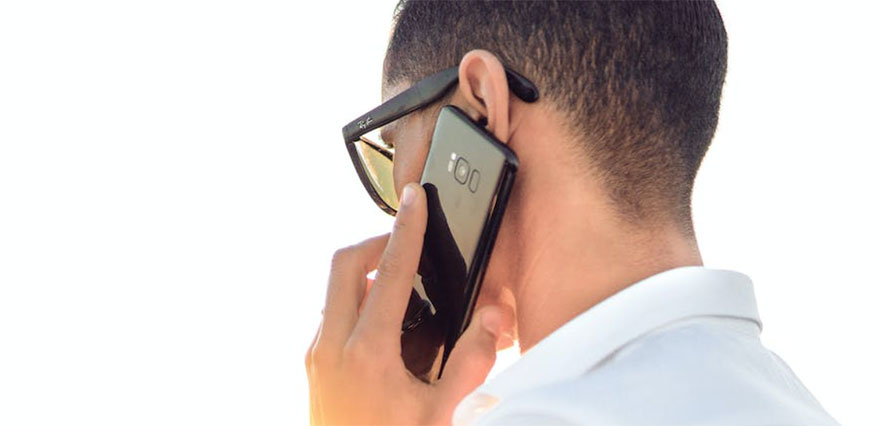
Steps to Restore Messages
If you’ve encountered issues with group messages, you can restore them directly within the Message+ app.
- First, open the app and tap on the three stacked lines in the upper left corner.
- From the dropdown menu, select ‘Restore Messages.’
This action will retrieve any incoming messages that you couldn’t access, including those from group chats.
By restoring the messages, you’ll be able to rejoin the group conversation without missing a beat. This is a straightforward process, but if the problem persists, it’s worth considering a switch to an alternative messaging app.
Just remember to set the new app as your default to ensure a smooth transition. Stay connected and keep your conversations flowing without interruption.
Choosing Alternative Apps
Even after restoring your messages through the Message+ app, you might still experience issues with group texts, so it’s worth looking into alternative apps for your texting needs.
These apps offer a variety of features that might better suit your communication style and help avoid further complications.
When choosing an alternative, consider these key features:
- Privacy and Security: Apps with end-to-end encryption ensure your conversations stay private.
- Cross-Platform Compatibility: Make sure the app works seamlessly across different devices and operating systems.
- User-Friendly Interface: An intuitive layout makes for easier navigation and a better overall experience.

Recognizing International Texts
Why should you be alert when receiving texts from unfamiliar international codes, especially when they don’t match the country’s expected prefix? It’s a red flag that something’s off.
Scammers often spoof numbers, making texts appear to come from different countries. You’re smart to question messages with odd area codes that don’t line up with known international dialing formats.
Here’s the deal: genuine international texts start with a country code, like +52 for Mexico. If you’re getting texts that look out of place, trust your gut. Don’t reply or click on any links. Instead, verify the sender if possible, and when in doubt, just delete it.
Staying informed and cautious keeps you one step ahead of the scammers.

Deciphering Mexican Codes
When receiving calls or texts from Mexico, you’ll notice the country code +52, not the 588 area code, which is specific to Verizon’s Personal Communications Services. If a number with the 588 area code reaches out, it’s likely tied to a service within Verizon’s network, not a Mexican line.
Here’s what you should keep in mind:
- +52 is the hallmark of a true Mexican number.
- A 588 code suggests Verizon’s internal system at work.
- Scrutinize unexpected calls or messages, regardless of the code.
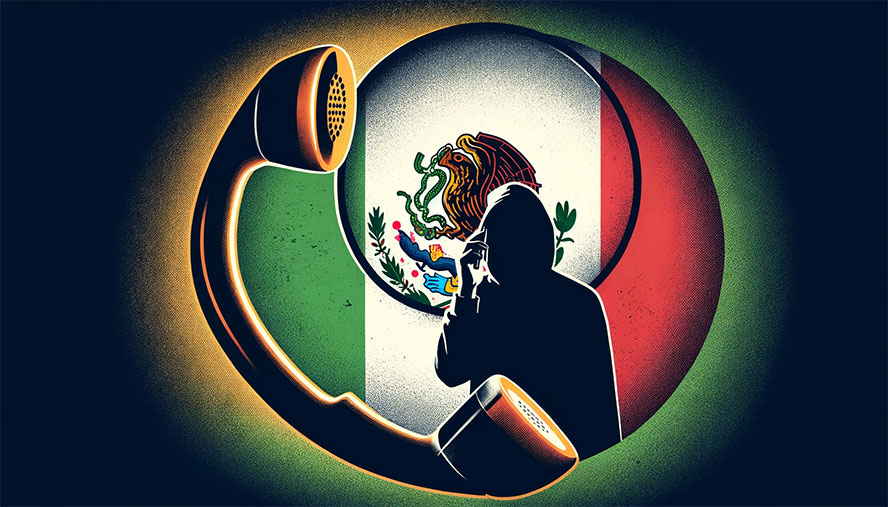
Handling Suspicious Calls
If you’re receiving calls from someone’s 588 number, it’s crucial to remain vigilant and cautious before engaging. Scammers often use unfamiliar numbers to trick you into answering.
So, if you don’t recognize the number, don’t rush to pick up. Let it go to voicemail. That way, you can screen the call without exposing yourself to potential fraud.
If the caller leaves a suspicious message or none at all, consider blocking the number. Don’t call back numbers you don’t recognize, especially if they’re accompanied by unusual messages or requests.
Stay informed about common phone scams to recognize red flags immediately. Remember, if something feels off, trust your instincts and protect your personal information at all costs.
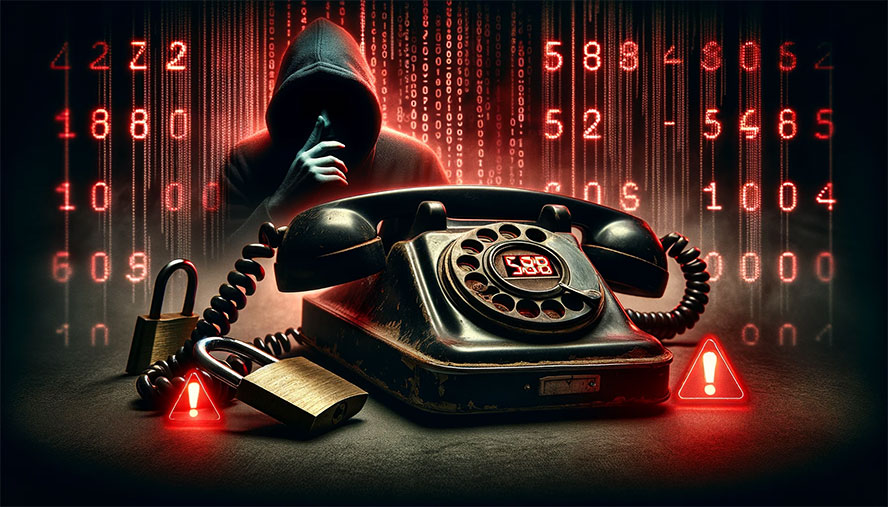
Blocking Potential Scammers
To block potential scammers, you’ll need to navigate to your phone’s call-blocking feature and add the suspicious 588 area code number to the list. This precaution helps you take control of who can reach you.
With the number blocked, you can enjoy:
- A peaceful dinner without interruption from relentless scam calls.
- Your phone’s screen devoid of the dreaded ‘588’ caller ID.
- A sense of security, knowing that one more potential scammer can’t intrude on your day.
By proactively blocking these numbers, you’re setting up a digital barrier against unwanted contact. It’s a simple yet effective step in safeguarding your personal information and maintaining the serenity of your daily life.
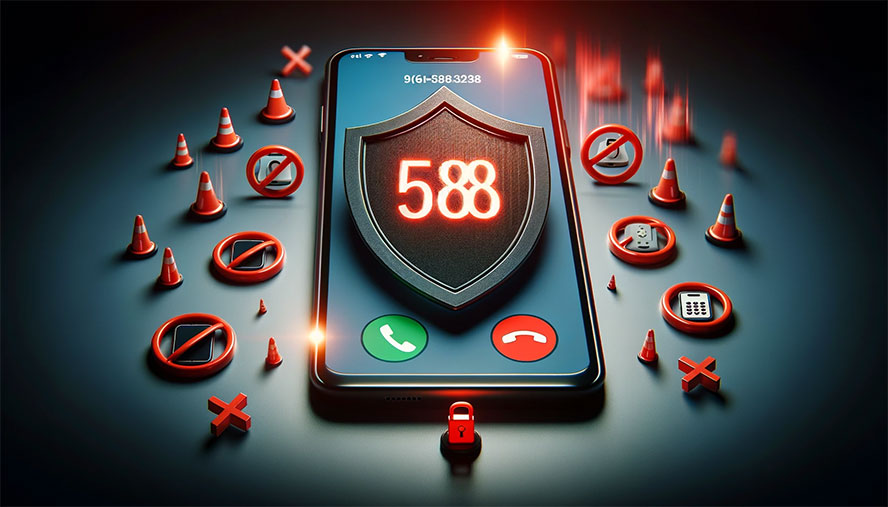
Final Thoughts
You’re now clued in on the 588 mystery – it’s often a Verizon Message+ quirk, not a scam. Remember, legit group texts may show this code, but stay sharp for odd calls.
If a message vanishes, just restore it in the app. Be cautious with international texts and Mexican area codes that seem similar.
Got a bad vibe? Don’t hesitate to block and report. Keep your wits about you and your phone secure!
Meet Ry, “TechGuru,” a 36-year-old technology enthusiast with a deep passion for tech innovations. With extensive experience, he specializes in gaming hardware and software, and has expertise in gadgets, custom PCs, and audio.
Besides writing about tech and reviewing new products, he enjoys traveling, hiking, and photography. Committed to keeping up with the latest industry trends, he aims to guide readers in making informed tech decisions.

